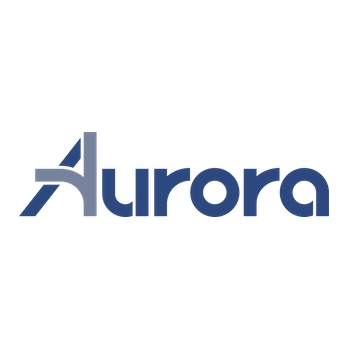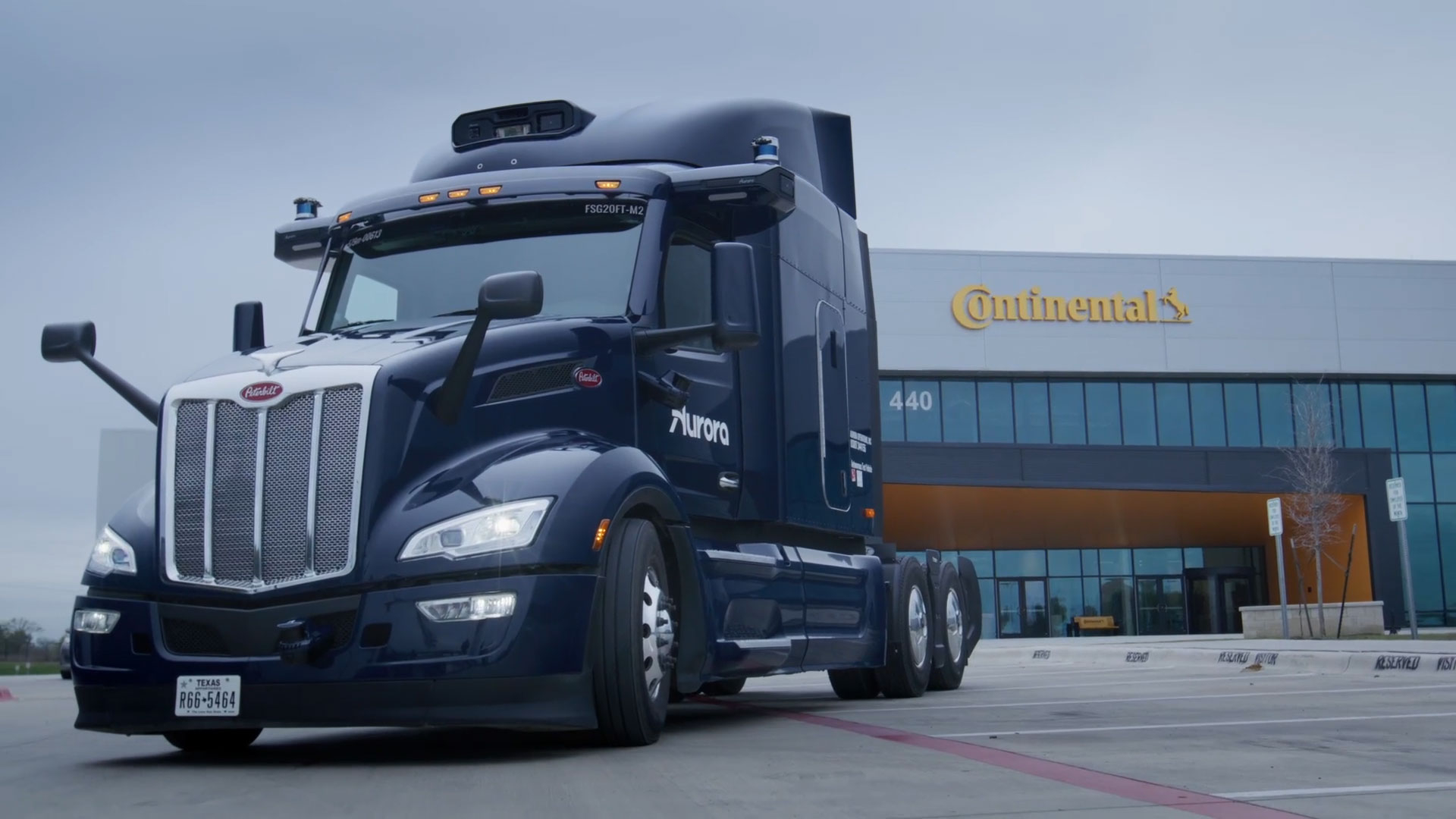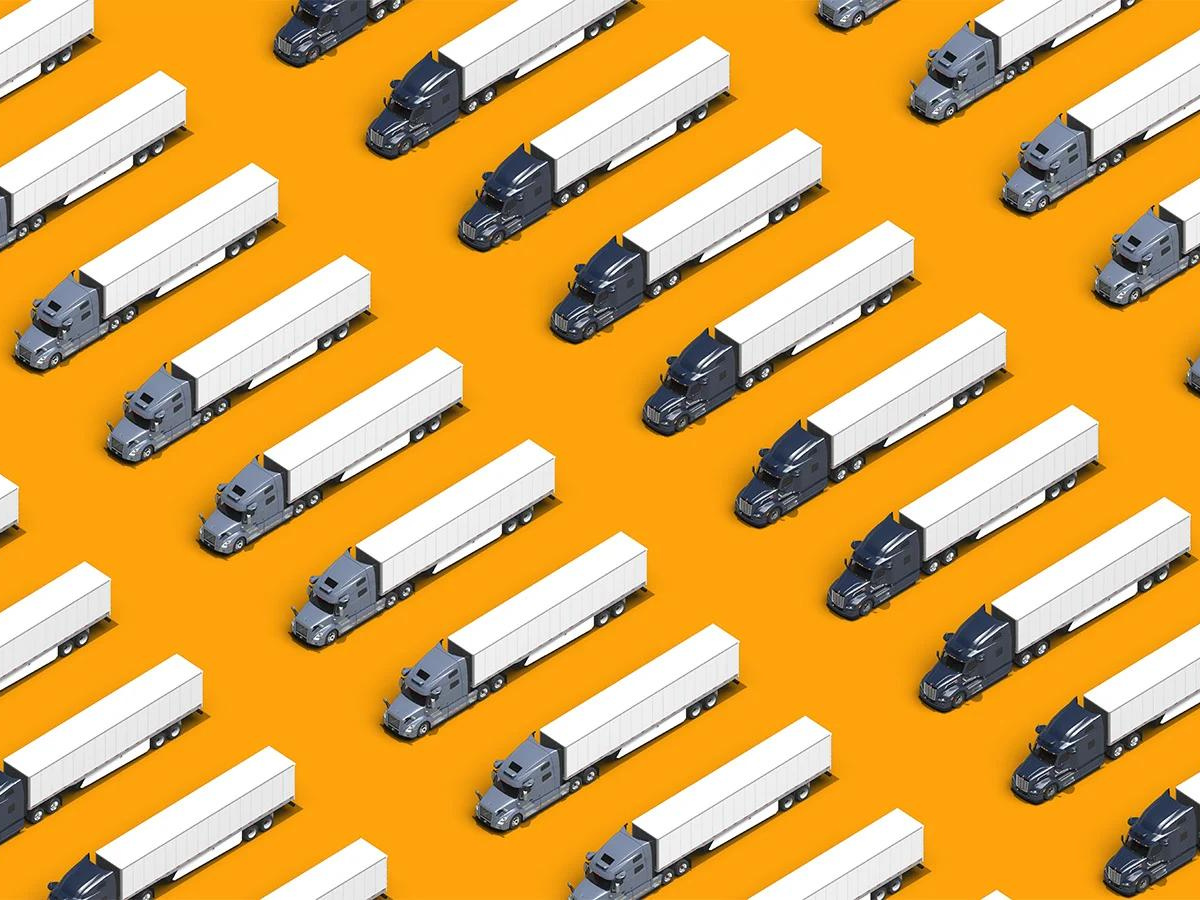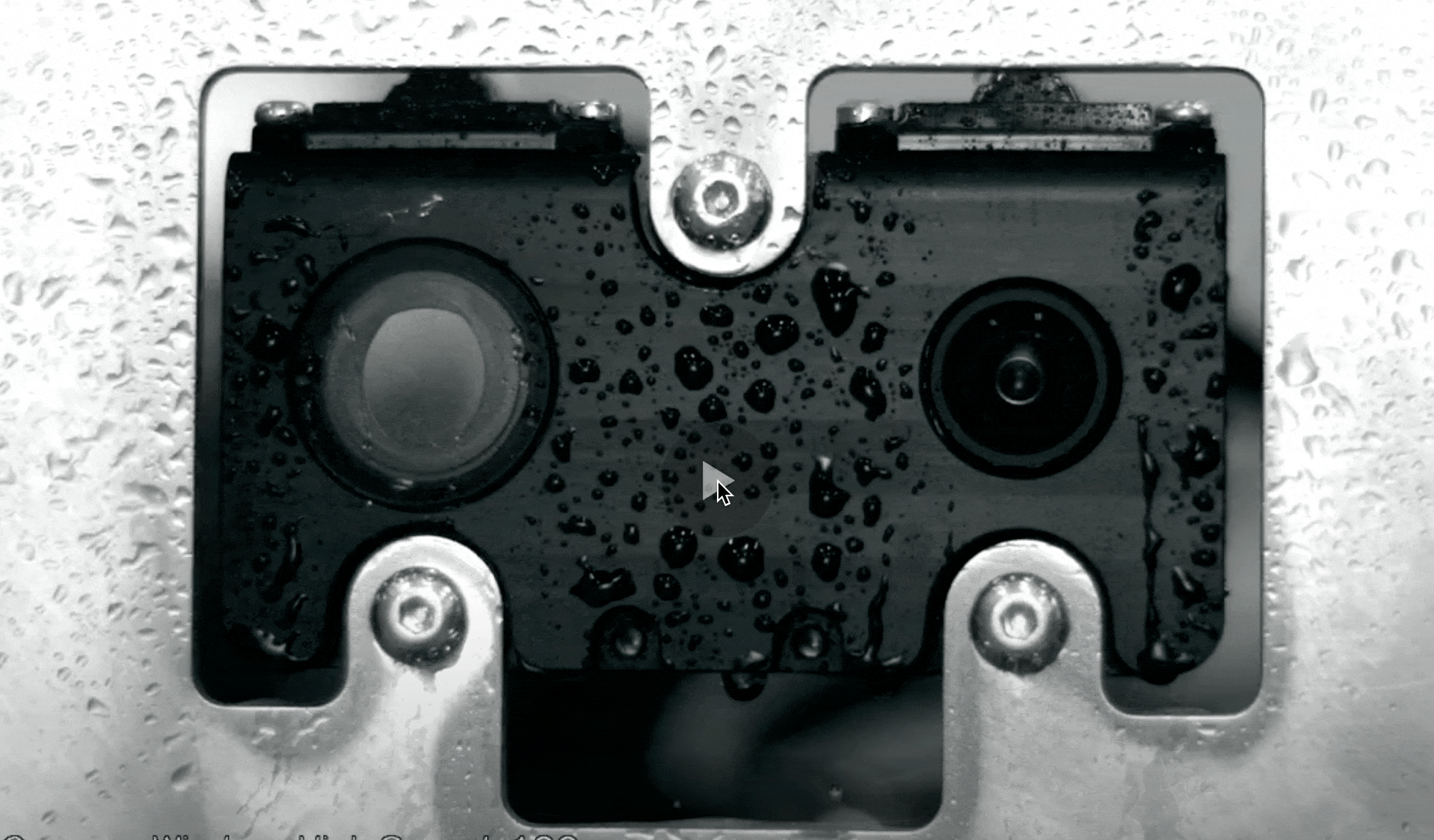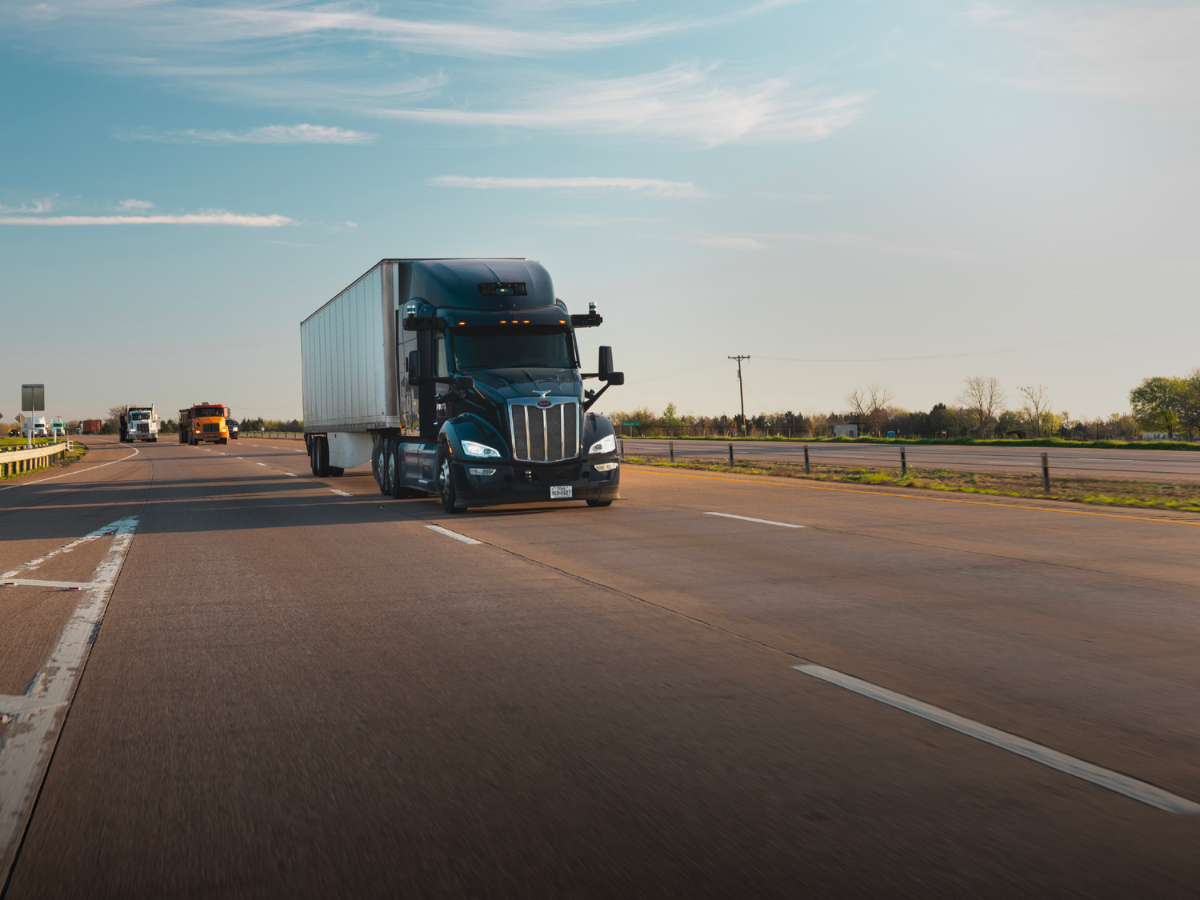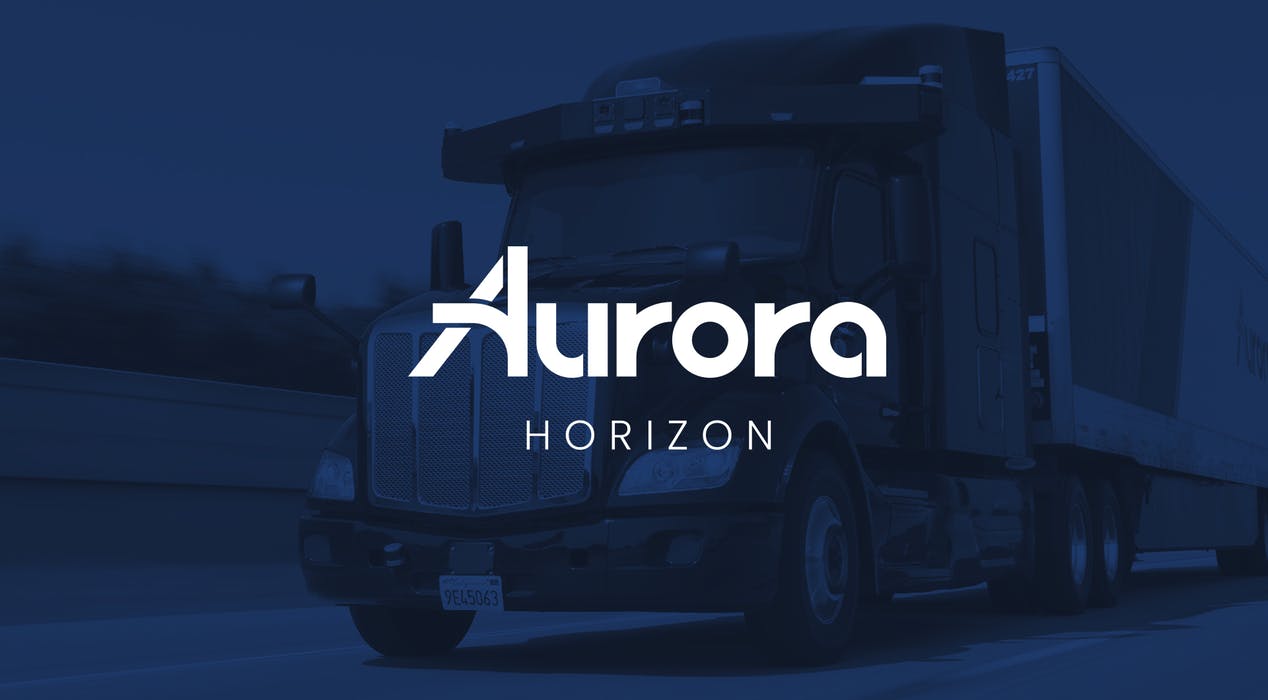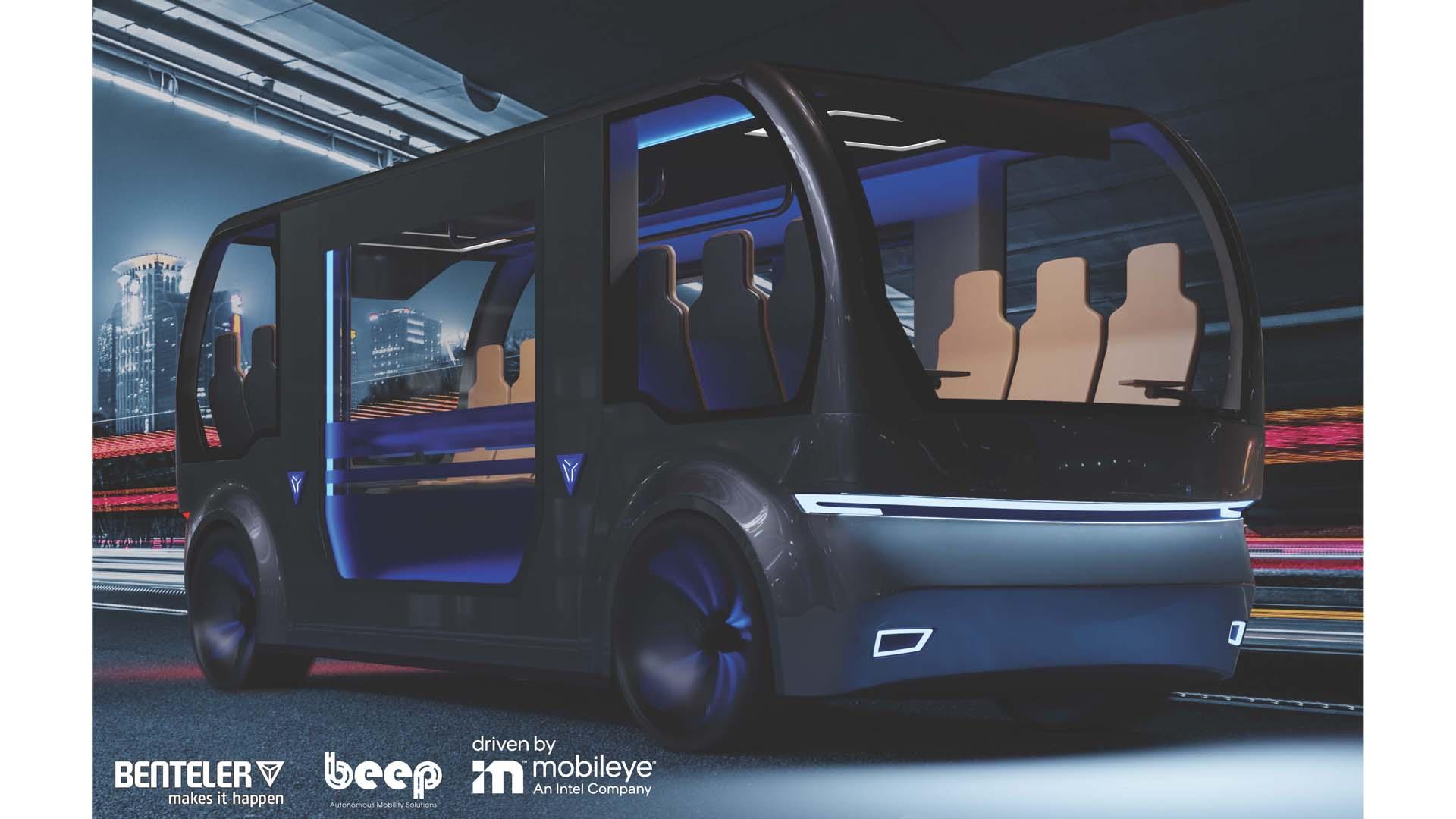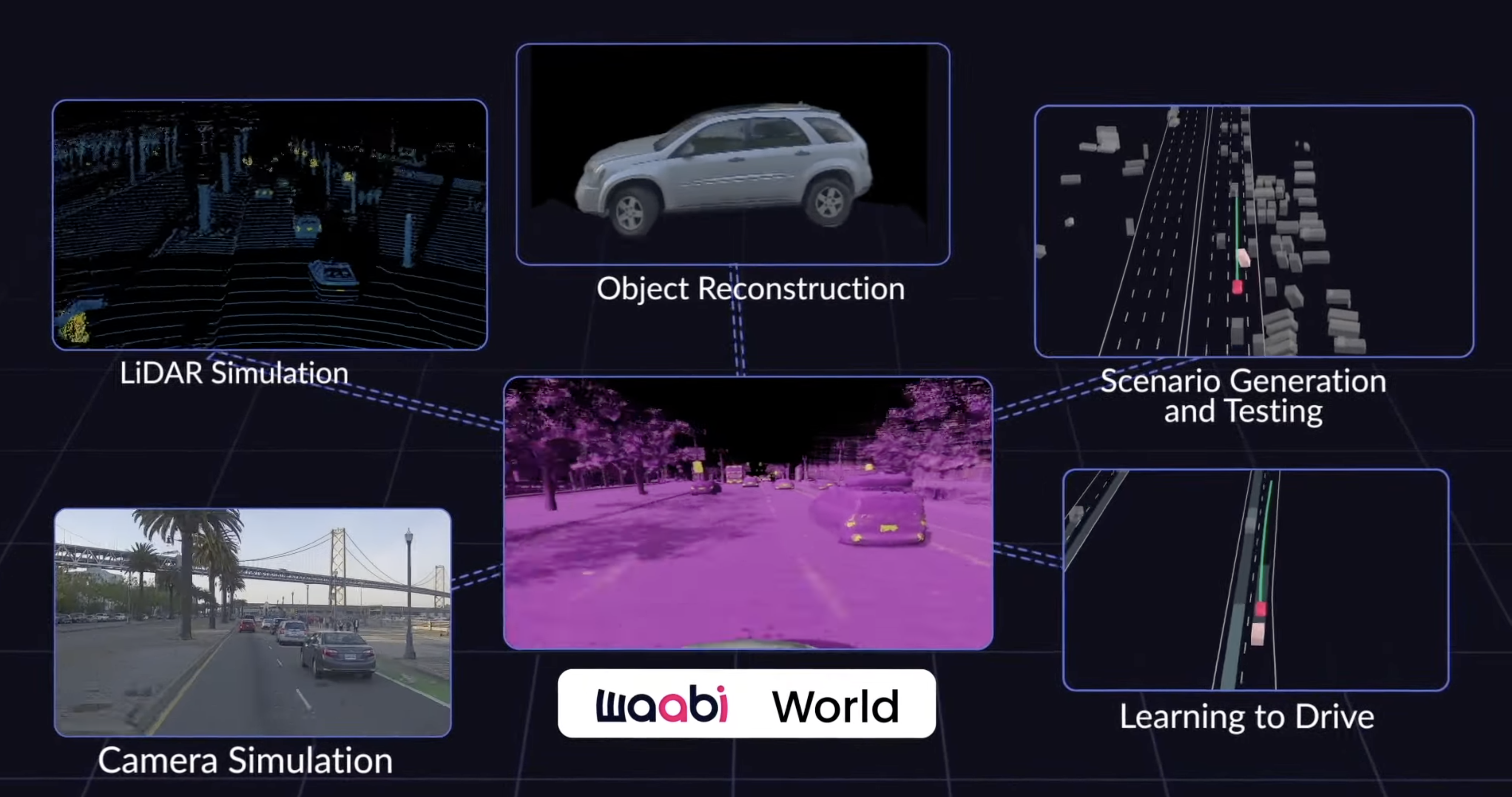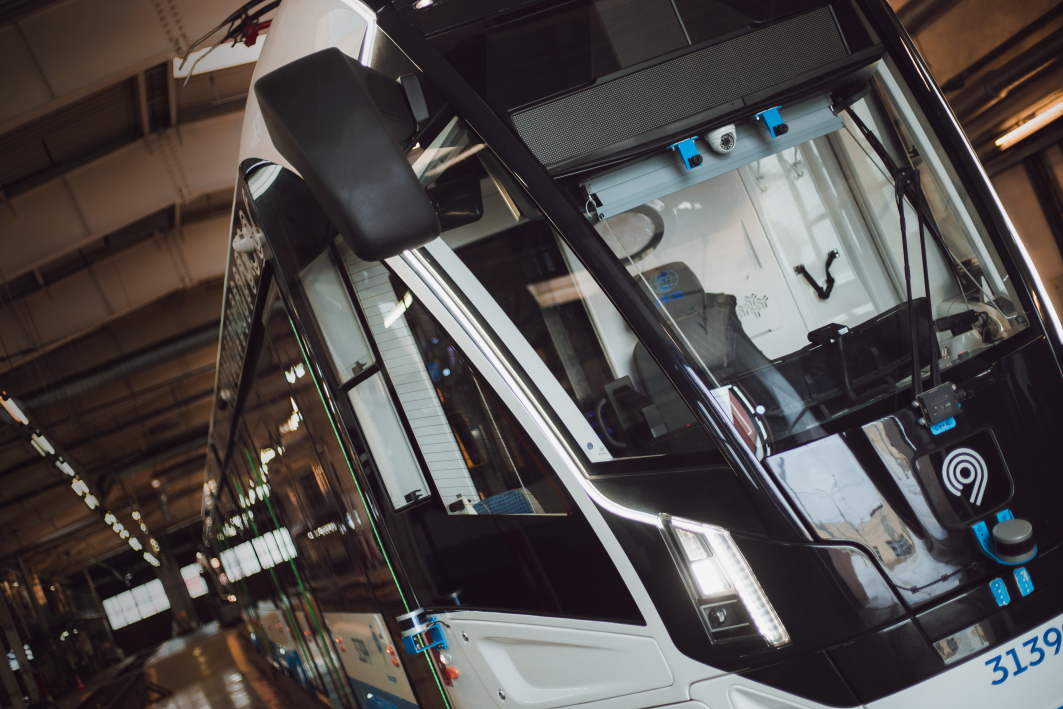On the Horizon: Aurora’s Upcoming Product Milestones
Aurora is building a product that will save lives, increase access to transportation, and bring much-needed relief and support to supply chains.
Aurora invested early in foundational technology and strategic programs that accelerate development. Over the next year, our quarterly Aurora Driver Beta releases will refine key capabilities that will allow Aurora Driver-powered vehicles to operate on highways and urban streets. Each release brings us closer to launching our Aurora Driver-powered products—Aurora Horizon for trucking and Aurora Connect for ride-hailing.
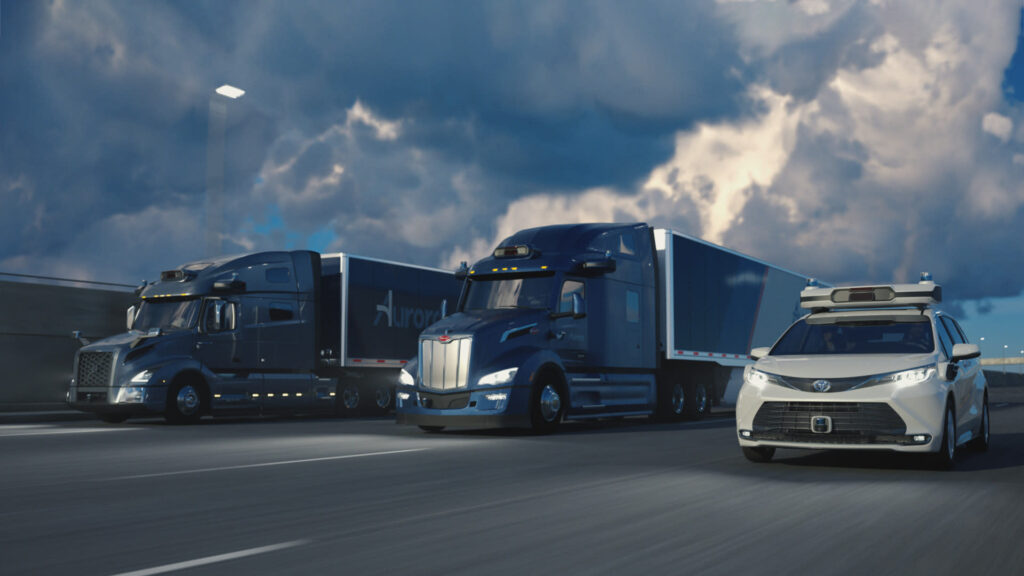
Measuring Technical Progress through Expanse and Maturity
Aurora’s product roadmap is designed to deliver the Aurora Driver at a large commercial scale. With each quarterly product release, we plan to deliver an Aurora Driver that’s incrementally advancing along two axes: Expanse and Maturity.
Expanse represents the breadth of capabilities and domains in which the Aurora Driver can operate. For example, we are increasing the Aurora Driver’s expanse by training it to handle different types of construction first on highways, then in suburban settings, and finally in dense urban environments.
Maturity represents the degree to which capabilities are ready for commercial deployment and will evolve from development to validation and then completion. The Aurora Driver will demonstrate maturity through increasing durations of commercially-representative, autonomous operation supported by a Safety Case.
Like we’ve said before, we believe that any company looking to safely deliver commercial-ready self-driving vehicles without human vehicle operators must build and execute a Safety Case. Our Safety Case Framework is a roadmap for removing vehicle operators from Aurora Driver-powered vehicles permanently and at scale. To that end, we will continuously review and evaluate the expanse and maturity of the Aurora Driver’s performance and development to determine when and where we are confident in the Aurora Driver’s ability to safely operate on the road without a human behind the wheel.
Beta 2.0: Demonstrating Our Common Core of Technology
At the end of Q1 2022, we expect to launch Aurora Driver Beta 2.0. We plan to integrate the next version of our Aurora Driver Beta release with the first test fleet of Aurora Driver-powered Toyota Siennas for ride-hailing, and with the next generation of Aurora Driver-powered trucks.
The Aurora Driver is made up of hardware, software, infrastructure, and development tools that can integrate with multiple vehicle types, from a Class 8 truck to minivans and sedans. Aurora’s Common Core of Technology is designed to allow our future vehicle platforms to inherit all of the learnings and capabilities gained by past and present platforms. In other words, our two test fleets are designed to operate with the same amount of intelligence and perform at the same levels of maturity.
Today in Texas, our trucks routinely navigate dense traffic on highways, negotiate all-way stops, and brave monsoon rain. Our purpose-built simulation engine ingests the data collected from this on-road testing to simultaneously train the Aurora Driver to safely operate our Toyota Sienna platform in the same situations, even though they haven’t yet experienced them on the roads.
When our fleet of Aurora Driver-powered Siennas begin on-road testing, our focus will be expanding their ability to handle capabilities and domains that are relevant to our ride-hailing partners. At the same time, our Aurora Driver-powered trucks will continue to refine and master capabilities and domains that allow us to deliver more value to our trucking partners. Each time we make progress with one vehicle platform, those updates will transfer over to the other through Aurora’s Common Core of Technology.
The Safety Case for Fail-Safe Capabilities
In Q3 of this year, we plan to take a critical step toward satisfying a core principle of our Safety Case Framework by demonstrating fail-safe capabilities.
To be safe enough to drive without a vehicle operator, the Aurora Driver needs to know how to act when something goes wrong. For example, if a system failure occurs on the highway, an Aurora Driver-powered truck must be able to safely pull to the shoulder of the road without vehicle operator intervention. The incorporation of fail-safe capabilities like this means that, when problems arise, Aurora Driver-powered vehicles will be designed to safely stop and ask for support instead of needing a vehicle operator to take over control of the vehicle.
Delivering at Scale
A decade from now, we believe that the Aurora Driver will be powering hundreds of thousands of safe and efficient trucks and cars across a variety of use cases, moving goods and people more quickly, safely, and easily. We look forward to sharing our path to get there.
This is just the beginning of a very exciting year.
This article was originally published by Aurora Innovation Inc..

